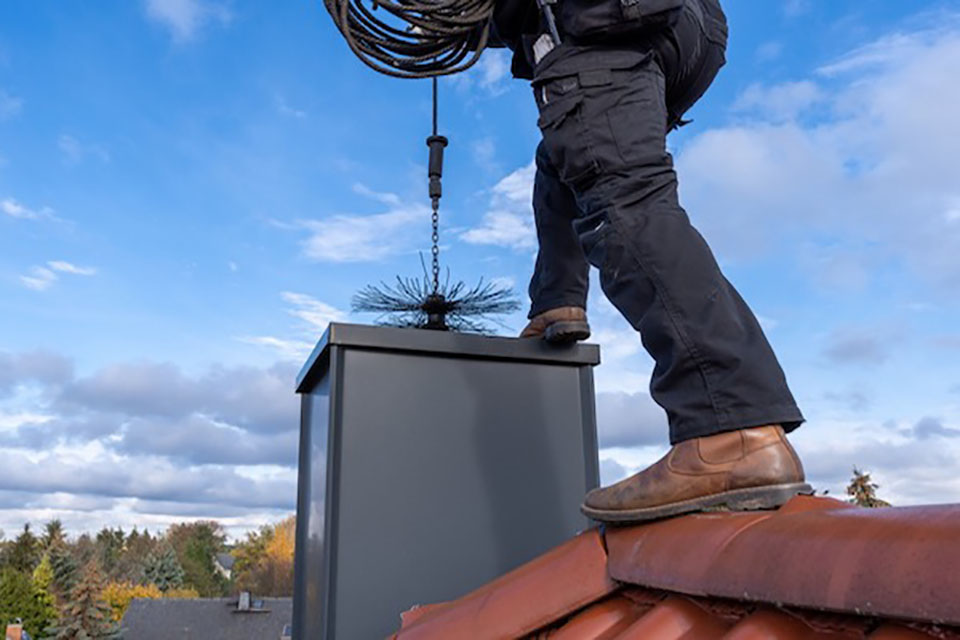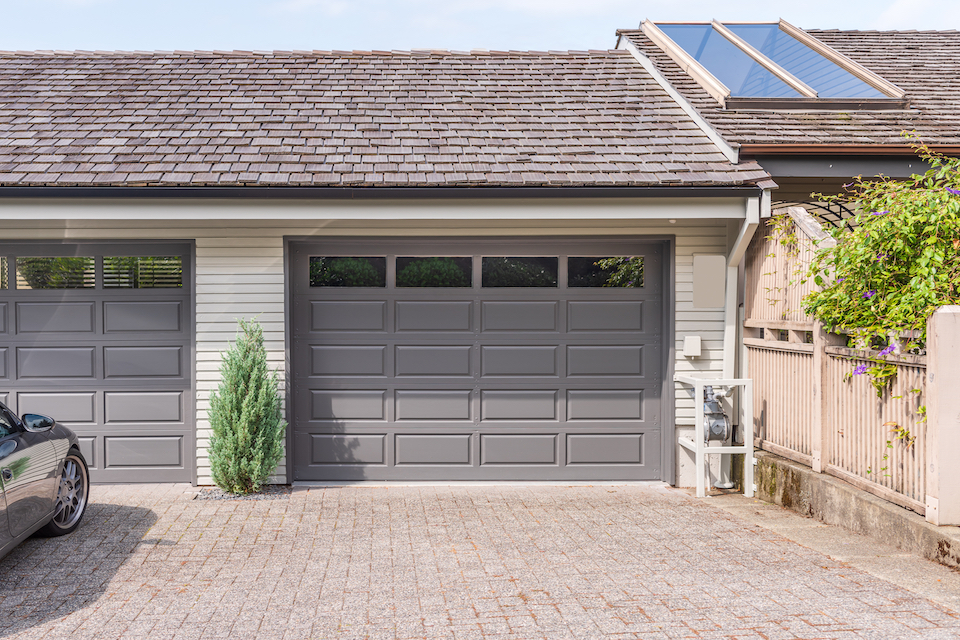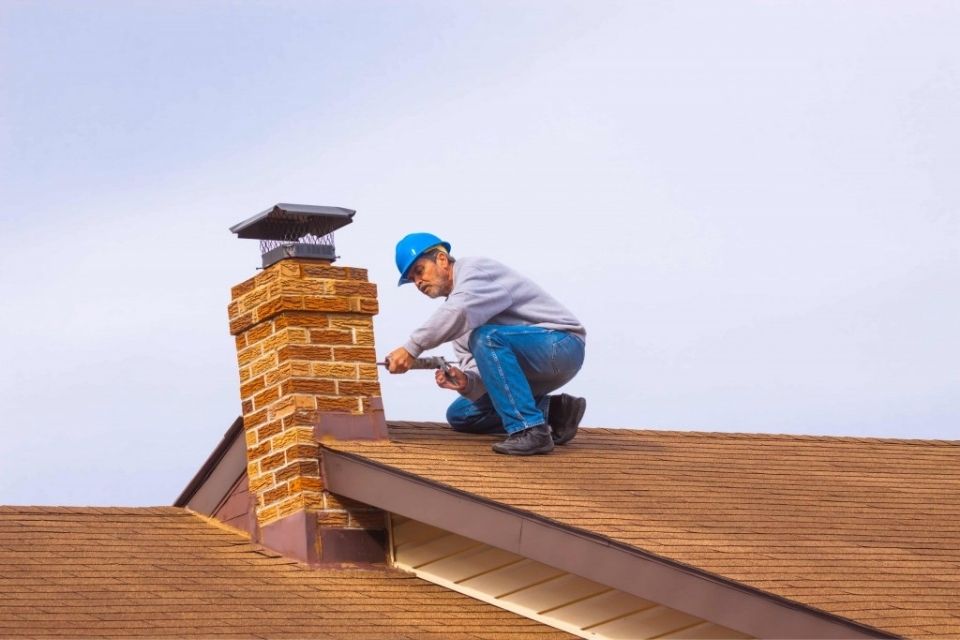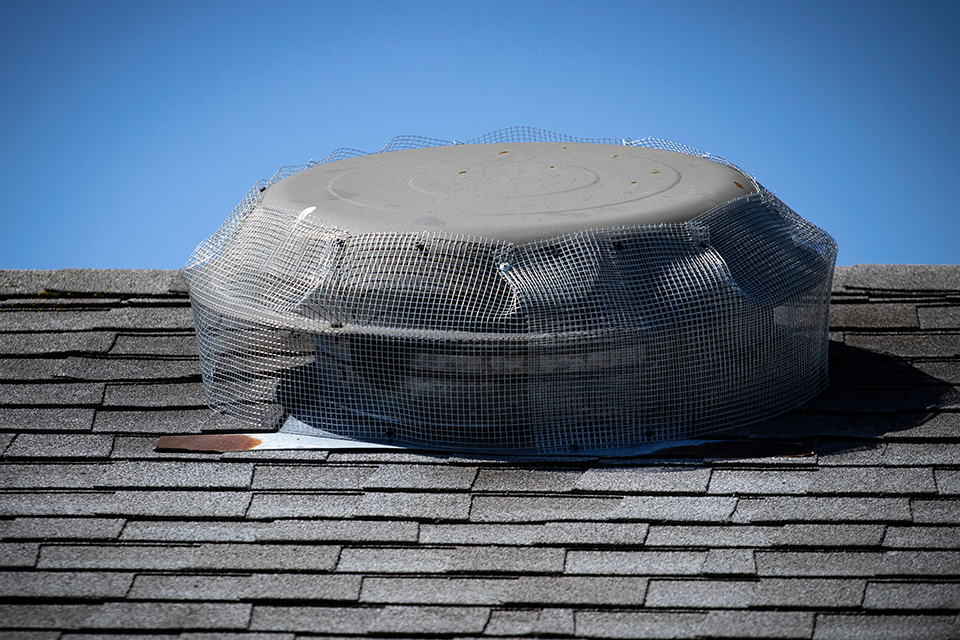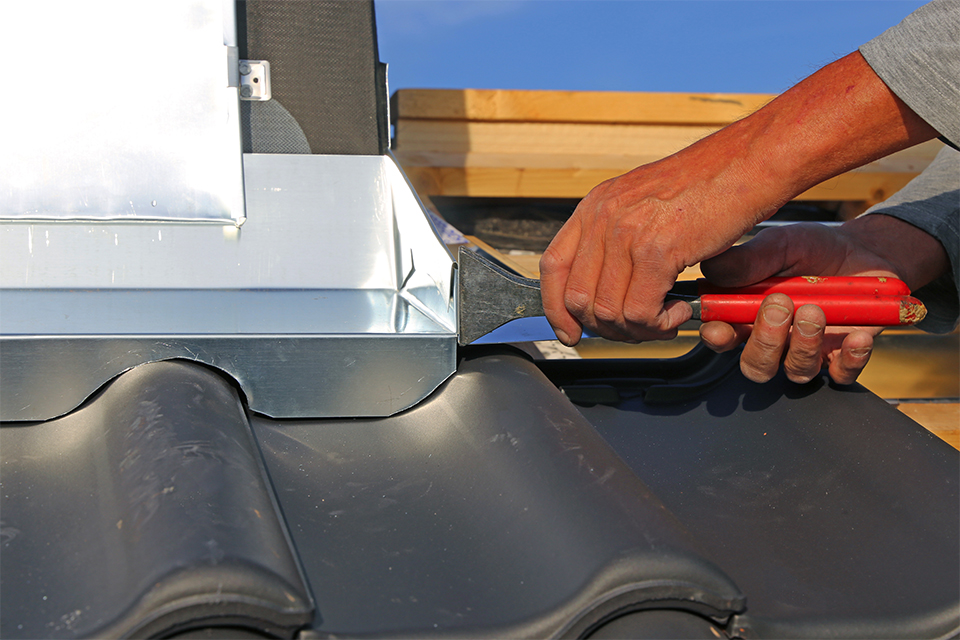How Much Does a Thatched Roof Cost?
Water reed, combed wheat reed, and long straw are the three main materials used in the creation of a thatched roof in the United Kingdom.
Thatched roofs each have their characteristics and availability, and the types vary by region.
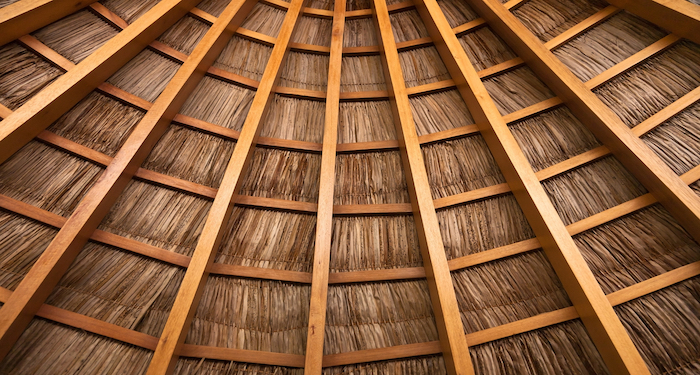
Long straw is less common currently since farmers prefer to produce shorter wheat varieties because they are easier to grow and harvest. Previously, roof thatching was a by-product of agriculture, but it is now grown specifically for that purpose.
Here we will go through the different costs of a thatched roof, including the supply costs, additional costs, and labour costs.
So, if you are thinking about having a thatched roof built for your home, then all the information you need to budget for the job will be here.
We will also go through the duration to have a thatched roof installed, the benefits of a thatched roof, and how long it will take to have a thatched roof removed if you no longer want it.
Thatched roofs, like any other building job, have two costs: materials and labour. Both are influenced by the project's size and complexity.
As a result, a tiny cottage with a simple pitched roof will be far less expensive than a large, detached house with several chimney breasts, dormer windows, and other irregular characteristics.
Let's look at what you need to be aware of...
A thatch property will require more upkeep, but numerous advantages outweigh this, including better property value when it comes time to sell, and thatch properties sell faster since they are more desirable.
When you look at the physical features of thatch, you'll notice that it stays cooler in the summer and warmer in the winter, indicating that it could be more energy efficient.
Here's something else you should know...
Furthermore, replacing an existing thatched roof will be less expensive than installing a new one in place of a tiled or slated roof. Thatched roofs normally charge by the square, which is 10 ft (100 ft2) or 3 m 3 m (9 m2) if you're looking for ballpark figures.
Prices vary, but an average price per square would be around £1,000- £2,500.
For a new small, thatched roof, it will cost you £7,000 - £17,500.
For a medium new thatched roof, it will cost £10,000 - £25,000.
Large new thatched roof prices are around £10,000 - £32,500.
Thatch Roof Prices
The table below will show the different costs of a thatched roof:
| Job | Cost |
|---|---|
| Price per square | £1,000 - £2,500 |
| Small new thatched roof | £7,000 - £17,500 |
| Medium new thatched roof | £10,000 - £25,000 |
| Large new thatched roof | £13,000 - £32,500 |
The cost of installing a thatched roof is influenced by the nature and size of the job, the number of tradespeople involved, the ease of access, and the location of your home.
Prices in the South East of England (especially in London) are often higher than the national average. The contrary is true in places like the north of England, Scotland, and Northern Ireland.
- How Much Does a Thatched Roof Cost?
- What are the Supply Costs of a Thatched Roof Installation?
- What Affects the Cost of a Thatched Roof?
- What are the Additional Costs of a Thatched Roof?
- How Much Do Roof Thatchers Cost to Hire?
- How Long Does It Take to Rethatch a Roof?
- Types of Thatch
- Benefits of a Thatched Roof
- How Long Does It Take to Remove a Thatched Roof?
- FAQs
What are the Supply Costs of a Thatched Roof Installation?
Having a thatched roof installed is best done by a professional who knows what to do and how to do it properly.
However, if you want to buy your supplies without any labour or additional thatch roof costs, then here we will go through the different supply costs you need to have a thatched roof installed in your home.
Combed wheat reed is a slightly more expensive alternative to use. In some respects, it's comparable to long straw, but it's handled differently.
Water reed is the most expensive thatching choice, but it also has the longest lifespan. As a result, it may be worthwhile to pay the extra money now to save money on labour costs later.
You will need scaffolding for the job to be safe. The cost of erecting a scaffold tower ranges from £200 - £300. Scaffolding on three sides of a semi-detached house will cost between £800 - £1,000, while scaffolding on three sides of a detached bungalow will cost between £600 - £700.
You may also need timber which will cost you £33 - £50, depending on how much you need and the size of the timber. You will need a thatched cartridge, which will cost £170 - £220. This creates the spars using wood.
You will need a twister, which will cost £8 - £18, a drill driver will cost £25 - £120, and a set pin will cost you £10 - £20.
A spar hook costs £20 - £40. You will need kneelers to protect your knees. They cost £5 - £15. A mallet will set you back £3 - £7.
The table below will breakdown what you need for a thatched roof installation.
| Supply | Cost |
|---|---|
| Scaffolding | £200 - £1,000 |
| Timber | £33 - £50 |
| Thatched cartridge | £170 - £220 |
| Twister | £8 - £18 |
| Drill driver | £25 - £120 |
| Set pin | £10 - £20 |
| Spar hook | £20 - £40 |
| Kneelers | £5 - £15 |
| Mallet | £3 - £7 |
When obtaining quotations, it's critical to inquire about what's included. Some quotes may have higher pricing but include everything you need to thatch your roof, whereas others with lower prices may have a few surprises in the shape of additional charges at the end.
What Affects the Cost of a Thatched Roof?
When pricing for a thatch roof, a thatcher must consider a variety of things. Size, material, access, scaffolding requirements, features, complexity, and location are all aspects to consider. Therefore, a property visit is always required, and pricing might vary substantially.
As an example, here's a cost breakdown for a medium-sized roof, with a guide to how much the different elements could cost for a total of between £15,000 and £22,000:
| Item | Cost |
|---|---|
| Materials | £4,000 - £7,000 |
| Labour | £6,000 - £10,000 |
| Scaffolding | £1,000 - £2,000 |
| Old thatch removal and disposal | £500 - £1,000 |
| Fire retardant treatment | £500 - £1,000 |
| Chimney/ridge work | £500 - £1,500 |
| Roof timber repairs | £500 - £2,000 |
Let's look at some key factors that will affect the price of replacing a thatched roof:
Size
It should go without saying that the larger the roof, the higher the price.
This would be significant not only in terms of material prices, as a larger roof will simply cost more, but also in terms of labour expenses, as a larger installation will likely take longer, raising the total cost for trades.
A larger roof replacement would also result in greater waste disposal costs.
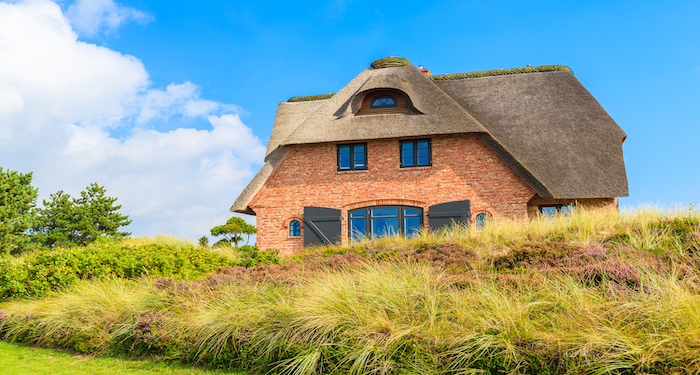
Duration
The length of time the job takes will almost certainly influence the labour cost. The majority of contractors bill by the day or hour.
However, a contractor or corporation may have a defined rate regardless of how long the project takes. It's important to be clear before the job begins.
Location
As labour prices vary across the country, where you live is important.
On the one hand, labour costs in the North of England, Scotland, and Northern Ireland are often cheaper than the national average. However, costs in the South East are higher (London, in particular).
Scaffolding
You will more than likely need to pay for scaffolding, as it makes the job safer and quicker.
The cost of scaffolding hire will depend upon the size of your property and how long the work is likely to take.
Budget between £1,000 and £2,000 for scaffolding to assist with your thatched roof installation.
What are the Additional Costs of a Thatched Roof?
At the same time as having a new thatched roof installed, there are other home improvement jobs you may decide to have completed.
If there is scaffolding erected to help install the thatch roof, it makes sense to utilise it and hire tradesmen to handle other work at height.
These jobs could include:
- Treat Exposed Timbers - This can put off pests from accessing your roof and preserve its lifespan.
- Install Fire Retardants - These could include treating the new thatch with fire retardant coatings or installing a lightning rod.
- Replace or Repair Gutters - Ensuring your off-roof drainage is working well can help preserve your thatched roof. Expect the cost of gutter replacement to start from around £500 to £600, depending on the material you choose.
- Replace Soffits and Fascias - These also help keep moisture out of your home, with the typical supply cost for soffits and fascias around £10 to £18 per metre for timber materials.
- Check Your Chimney - As chimneys are a major risk for thatched roofs, it's important to check that yours is in good condition. For example, the typical chimney liner cost is between £600 and £1,000.
Any roof or home maintenance that would be easier to undertake without worrying about a new thatched roof should ideally be completed before the roof is replaced.
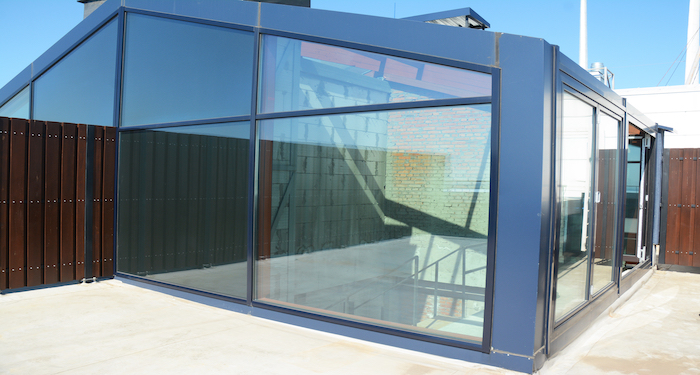
How Much Do Roof Thatchers Cost to Hire?
Before you hire a tradesperson, you should have an idea of the average labour costs to build a thatched roof. Therefore, you won't be able to get scammed for more money, as you already have an idea of the average cost.
Therefore, in this section, we will go through the labour costs for installing a thatched roof. This will not include any supply or additional costs.
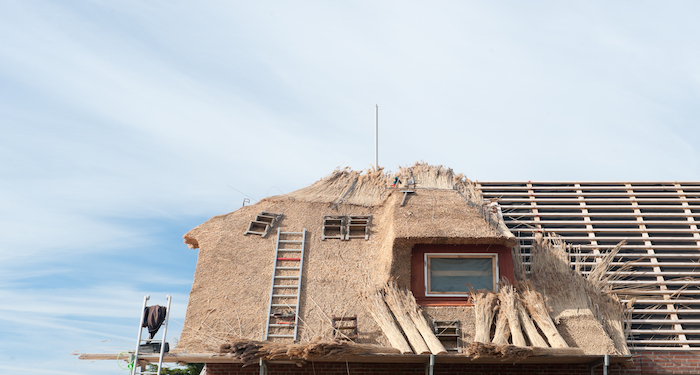
Although the prices appear to be high, the truth is that planning and laying thatched roofs takes a lot of time, work, and expertise.
Depending on your location and the difficulty of the work, you can expect to pay between £150 - £250 per day for a thatcher. There's also the scaffolding expense to consider. The cost of labour will be increased if the old thatch is removed.
A thorough re-thatch, as well as the initial installation of a thatched roof, is a labour-intensive task. This process might take many weeks and is priced according to the size of your home. The larger the home, the higher the price.
Thatching a roof is a time-consuming and labour-intensive procedure. When comparing quotes from different thatching providers, keep an eye out for any that offer labour charges that are significantly lower than those on other quotes.
This could be a sign that the thatcher or any of their general labourers are inexperienced.
When you need a new roof, start by asking your friends and family, as well as your co-workers. Look around your neighbourhood. Is someone getting their roof replaced? If they are, you can inquire as to whether the thatching company is recommended by the owner.
Finally, obtain the quotation in writing and read it to ensure that it includes all that you discussed during your conversation.
A thatched roof will add individuality to your home. It will also effectively insulate your home. The ridging will most likely need to be replaced every 15 years, but if properly maintained, the rest of the roof will last 60 years or longer.
How Long Does It Take to Rethatch a Roof?
Thatch is a versatile and sturdy roofing material that may be used on a wide range of structures, from houses and cottages to bars and business establishments.
A thatched roof can be constructed from a variety of materials, including reed or straw. Because this is a labour-intensive and time-consuming material to install, a roof thatcher must assess the job's size and scope, as well as the work that will be necessary on the roof.
Due to this, in this section of the article, we will go through the amount of time it takes to build a thatched roof; therefore, if you are someone who likes to be organised and has an idea of when your thatched roof will be done, then carry on reading.
The length of time it takes to do a thatching operation varies greatly depending on the size and design of the structure. Naturally, the larger the property, the longer it will take to install, which will be reflected in the price. However, there are other factors to consider when estimating how long a thatch installation will take.
It depends on whether there are any underlying issues and how well the roof is maintained. The time it takes to finish the thatch installation will be affected by factors such as removing the existing thatch, rewiring the roof, and re-ridging.
A typical re-thatch will take 6-8 weeks; however, this will vary depending on the number of tradespeople working on one roof. The unpredictability of winter weather also has an impact on how long it takes to complete a full re-thatch.
A re-ridge will typically take 1-2 weeks, depending on the complexity of the pattern and whether any areas of the roof need to be repaired.
Types of Thatch
Water Reed
Water reed is a costly choice, but it's been used to thatch roofs in the UK for centuries. It can last up to forty years or more, if installed correctly.
Pros:
- Incredibly durable - can last 40+ years
- It's a natural insulator
- Very sustainable option
- Coarser in texture. Retains a stiffer, more assertive look
Cons:
- Can be expensive
- It requires a professional
- More fire regulations than a usual roof
Combed Wheat Reed
This has been cleaned or 'combed' by a machine, and all the ends point in the same direction. It can be used for any type of roof shape, but is not used as often as other thatch.
Pros:
- Incredibly durable - can last 40+ years
- It's a natural insulator
- Very sustainable option
- Provides a softer and smoother look than water reed
Cons:
- Can be expensive
- It requires a professional
- More fire regulations than a usual roof
Long Straw
This is a straw that's grown specifically for thatching roofs. It can appear shaggy and has a less neat finish than other varieties of thatch, so it depends on what you'd like.
Pros:
- Incredibly durable - can last 40+ years
- It's a natural insulator
- Very sustainable option
- Used in steep-pitched roofs
Cons:
- Can be expensive
- It requires a professional
- More fire regulations than a usual roof
Benefits of a Thatched Roof
Many people in the United Kingdom fantasise about owning a thatched roof home in a peaceful village. While thatched roof homes are appealing to the eye and offer several advantages, they are not without their drawbacks.
Here, we'll go through the various advantages of having a thatched roof and how they might benefit you in the long run.
Good for Insulating
Because thatched roofs provide excellent insulation, your home will stay warm when it's cold outside and cool when it's hot outside. In the summer, your house will be cool, and in the winter, it will be toasty, saving you money on heating bills.

Durable
Roofs made of thatch are usually exceedingly sturdy and long-lasting. Thatched roofs can survive up to 60 years if properly maintained. The longevity of a thatched roof is determined by how well it is maintained, the materials used, and the ability and experience of the thatcher.
With proper care and attention, the water reed can live up to 40 years.
Good for the Environment
Thatch is one of the most environmentally friendly roofing materials available. The materials are typically derived from rural communities and are grown and harvested without the use of machines.
Gives Your Home That Little Bit Extra
A thatched roof, without a doubt, lends a lot of character to a home. While many homes have a frigid and uninviting aspect due to double-glazing and a lot of brick, thatched properties offer a warm and rustic charm that simply cannot be topped.
Ages Well
Thatched roofs age well and take on natural features, adding to their beauty and character. With time, thatch darkens, allowing it to blend in with the surrounding trees.
Therefore, you don't need to worry about your thatched roof looking old anytime soon as, the older it gets, the more people will appreciate its beauty.
Thatched houses are frequently situated near a natural water supply and on sheltered, gently sloping soil, which provides adequate drainage and thus avoids damp concerns.
Cosy Feeling
Many individuals admire the ancient nature of the construction method and materials, while others enjoy the warm and cosy feel of thatch.
Thatching is a throwback to the UK's past, and local governments are trying hard to preserve it. Thatching may be the only option for owners of listed houses.
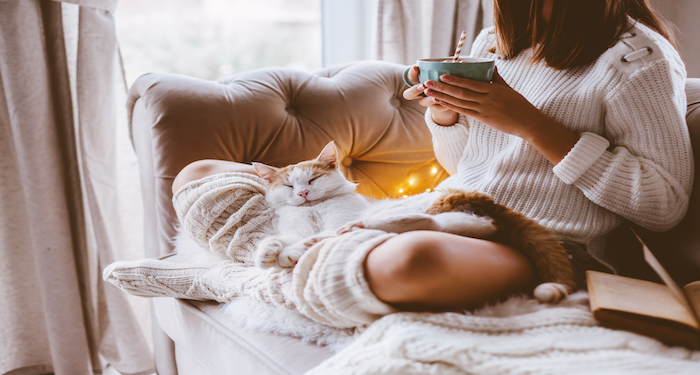
Adds Value
A thatched property adds value to your home, and there are many thatched properties on the market in the UK. It can increase the value of a home and is a good investment.
Flexible
Thatch is a flexible, soft material that can be moulded to fit any roof, regardless of size or shape. At the ridge and the edges, interesting designs and patterns can be produced, allowing you to personalise them to your liking.
Waterproof
The roof's waterproof thatch can endure very strong winds, even gale-force gusts, yet it rarely leaks. Leaks are normally caused by one of the ridge's wooden spars breaking, and the thatch may open somewhat after a period of dry, warm weather and then leak when it rains; nevertheless, this is self-healing because the thatch will close naturally.
How Long Does It Take to Remove a Thatched Roof?
Many people who have a thatched roof refuse to remove any, resulting in a variety of issues such as thick, sagging eaves, reduced daylight into windows, reduced chimney height, and additional weight on frequently very old rafters.
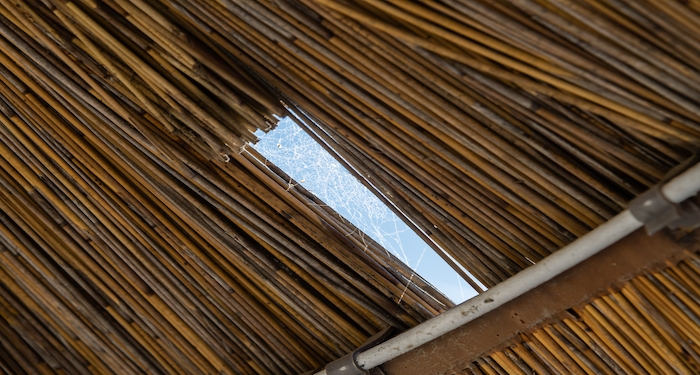
The quality of the existing thatch, the type and quality of straw/reed used to construct your roof, and your local environment all have a role in the longevity of a thatched roof.
A good thatch maintenance plan will benefit your property in the long run, and it should involve moss monitoring, physical appearance (gullies, chimneys, and water flow), and ridge maintenance. As a result, your thatched roof may need to be removed or restored.
Here, we will go through the process it takes to remove a thatched roof, including the duration of the process. Having your roof removed seems like a lot of effort and money; however, when it is needed, you will need to have your thatched roof removed.
The durability of thatched roofs is determined by a variety of factors, including the skill and materials employed. A good water reed roof should last between 25 and 40 years; a combed wheat reed should last between 25 and 35 years, and long straw should last between 15 and 25 years.
Ridges must be changed within 10 to 15 years of installation, regardless of the materials used.
A typical re-thatch will take 6-8 weeks; however, this will vary depending on the number of labourers working on one roof. The unpredictability of winter weather also has an impact on how long it takes to complete a full re-thatch.
FAQs
Q: What is a thatch roof made of?
A: Grass, reeds, and other natural materials are used to make thatched roofs.
Water reed, combed wheat reed, and long straw are the most widely used materials in the UK, while heather, turf, sedge, rye straw, and veldt grass are also employed, especially when historic preservation is a concern.
Q: How long does a thatch roof last?
A: The durability of thatched roofs is determined by a variety of factors, including the skill and materials employed.
A good water reed roof should last between 25 and 40 years; a combed wheat reed should last between 25 and 35 years, and long straw should last between 15 and 25 years. Ridges must be changed within 10 to 15 years of installation, regardless of the materials used.
Q: How does a thatched roof work?
A: By utilising the natural qualities of the materials used to make it, a thatched roof provides both insulation and a water barrier. Master tradesmen apply bundles of thatched material to the underlying structure of a roof to create a topcoat that can be up to 12 inches thick. Because thatching material breathes naturally, no venting is required.
Q: Can a thatched roof attract pests?
A: Unfortunately, the answer is yes. Thatched roofs are ideal for pests since they are warm and dry, and they can even supply food.
A: Pests are more common in uninhabited homes that have been vacant for a long time. Pests enjoy this type of environment since the occupants do not bother them.
Pests that are commonly encountered include birds, squirrels, mice, rats, flies, wasps, and spiders.
Large pests must be dealt with, and you should contact your local pest control department for assistance. They should be able to tell you how the pests gained access to the roof.
That way, you'll be able to take the necessary steps to prevent them from entering. Bees can be rehomed, and wasps can be smoked out by a pest controller.
Q: How do you maintain a thatched roof?
A: Under normal circumstances, thatched roofs do not require much care. However, property owners must evaluate their roofs regularly to ensure that everything is in working order.
Keeping the area above the roof clear (to allow for air circulation) and ensuring no one wanders on the roof are two simple maintenance measures. Loft spaces should be kept clear indoors to provide for simple access to the roof.



